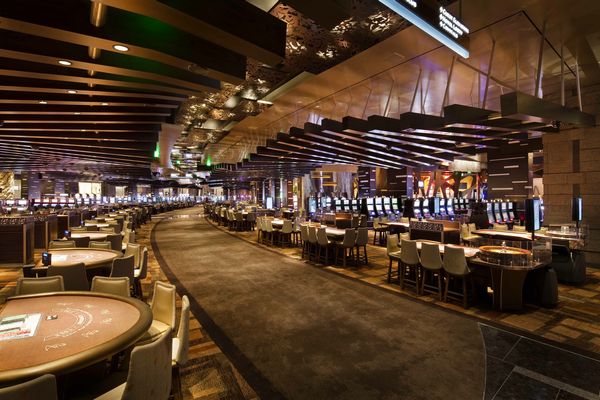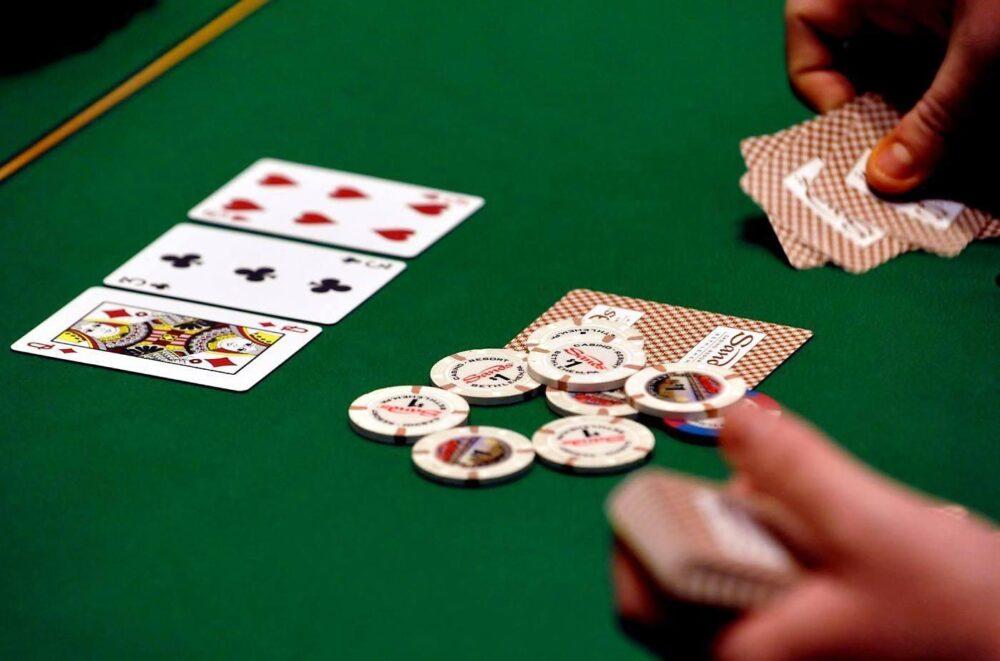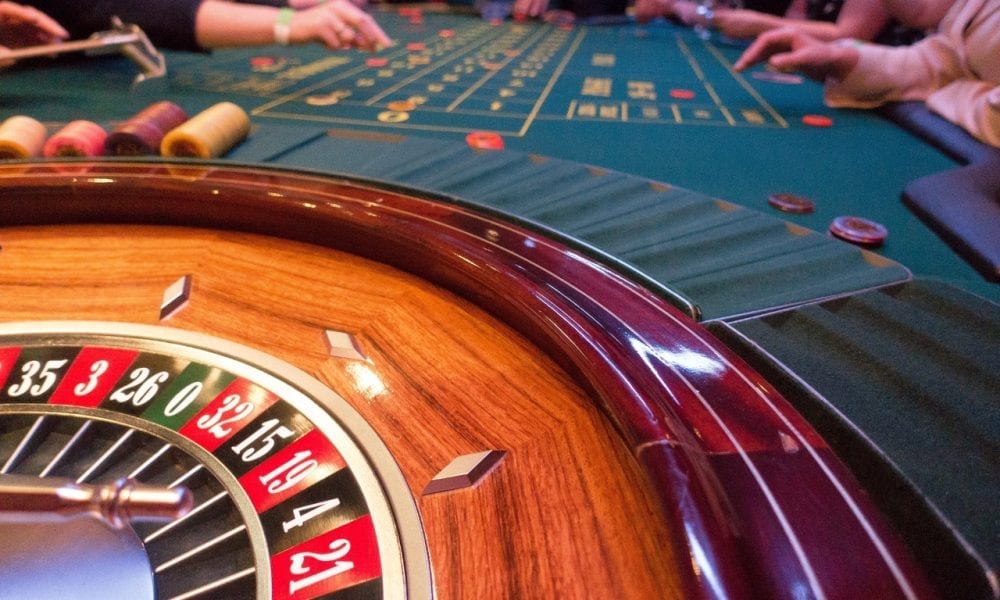When it comes to casinos, the architecture and design play a significant role in influencing gambling behavior. From the layout of the gaming floor to the lighting and even the placement of slot machines, every element is carefully planned to create an immersive and enticing environment for gamblers.
The Power of Casino Design

One of the key objectives of casino design is to keep players inside the establishment for as long as possible. The longer players stay, the more they are likely to gamble. To achieve this, casinos employ various design strategies that create a sense of comfort, excitement, and anticipation.
Lighting is a crucial element in casino design. Bright lights and vibrant colors are used to create a lively and energetic atmosphere. These visual stimuli not only attract attention but also boost the mood of the players, making them more inclined to take risks. Additionally, the absence of natural light inside the casino helps to disorient players and make them lose track of time.
The layout of a casino floor is meticulously planned to maximize player engagement. Slot machines and gaming tables are strategically arranged to create a sense of flow and encourage exploration. The placement of popular games near entrances and exits is a common technique used to draw in new players and keep them engaged.
The Psychology of Casino Design
Casino architects also rely on psychological principles to influence gambling behavior. The use of curved pathways throughout the gaming floor, for example, is intended to create a sense of mystery and curiosity. Players are encouraged to explore different areas, increasing the likelihood of stumbling upon new games or attractions.
Another psychological tactic employed in casino design is the absence of clocks and windows. By removing time indicators, casinos aim to blur the boundaries between day and night, making it difficult for players to determine how long they have been gambling. This lack of temporal reference plays on the human tendency to lose track of time when engrossed in an activity, leading to longer gambling sessions.
Ethical Considerations
While casino architecture is undoubtedly effective in influencing gambling behavior, it is important to consider the ethical implications. The immersive and enticing environment created by casinos can have a negative impact on vulnerable individuals, such as problem gamblers. Designers and operators should take responsibility for ensuring that their establishments promote responsible gambling and provide support for those who need it.
Casino architecture and design play a crucial role in influencing gambling behavior. Through careful planning and the implementation of various strategies, casinos create an environment that entices and engages players, increasing the likelihood of prolonged gambling sessions. However, it is important to balance the effectiveness of these design techniques with ethical considerations to promote responsible gambling.





